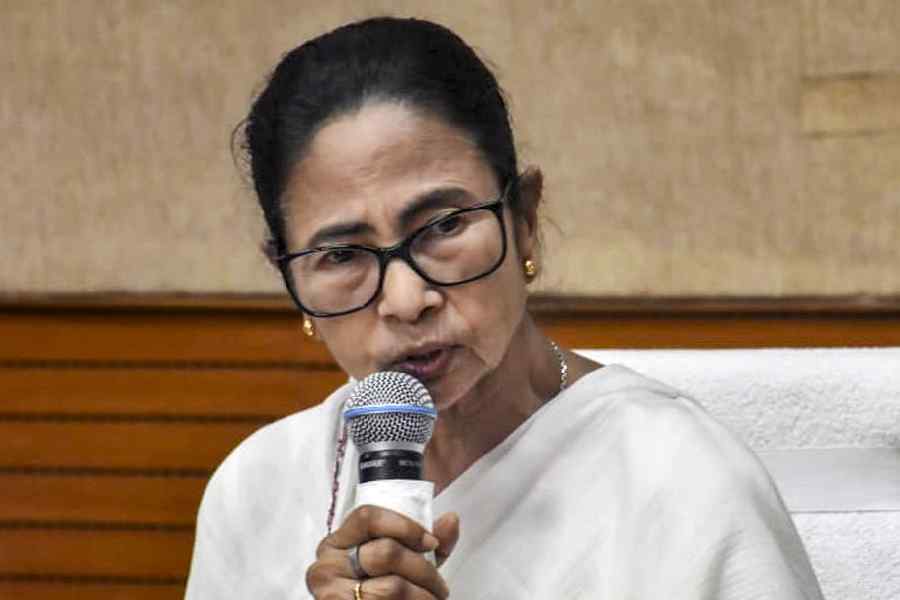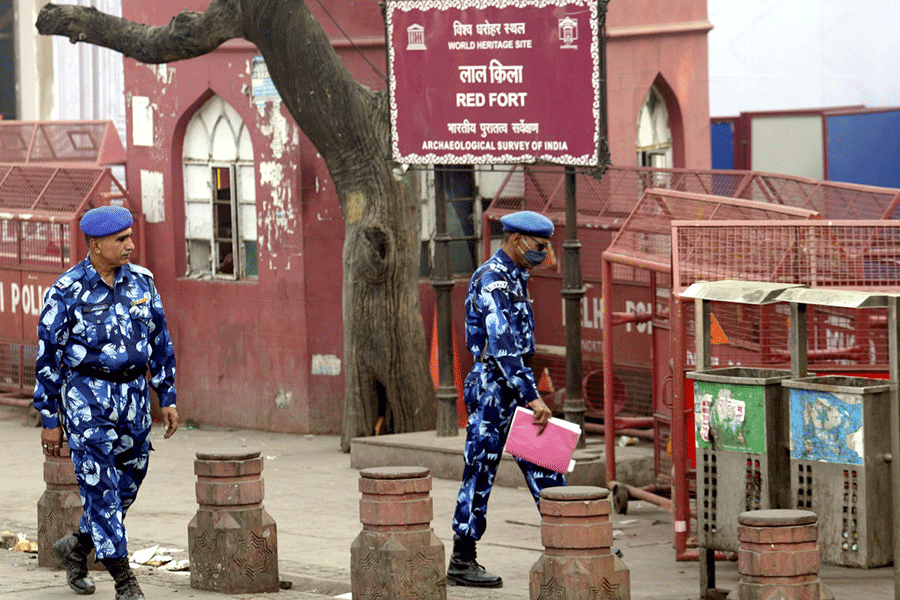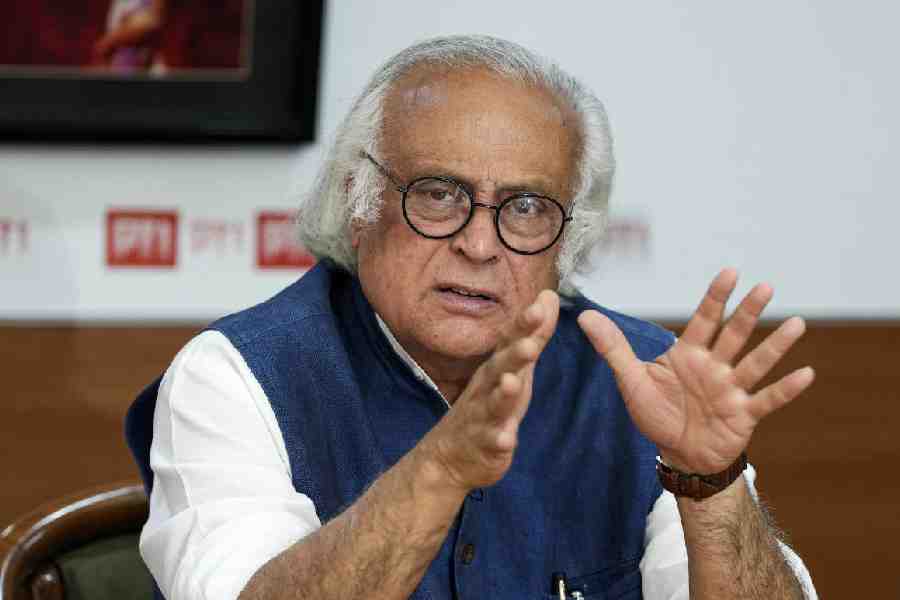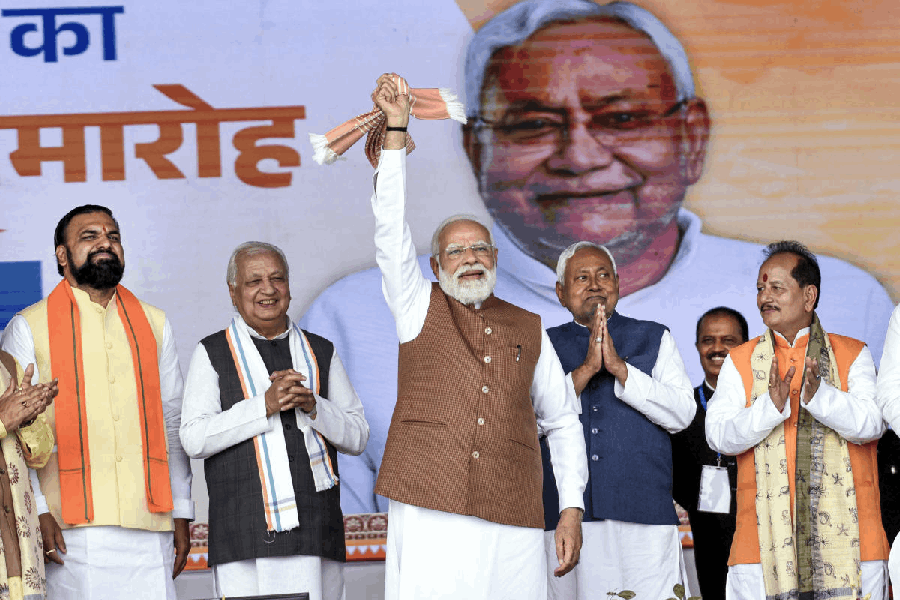The government has been sitting on reports of the All India Survey on Higher Education (AISHE) for three years, depriving researchers and state governments of crucial data for policy-making, amid indications that the annual surveys are showing a dip in overall enrolment.
The last AISHE report to have been released was for 2021-22. That document was made public in January 2024. The reports for 2022-23, 2023-24 and 2024-25 have not been released and the government has not cited any reason.
The ministry of education prepares the AISHE report on the basis of data collected from universities, colleges and standalone institutions. The reports give statistics on
enrolment, academic programmes, expansion of institutions, infrastructure, pupil-teacher ratio (PTR) and foreign students.
The first AISHE report was published in 2012-13. The report used to be released in the same academic year after collecting data from institutions. However, the release of the 2020-21 and 2021-22 reports got delayed by around two years because of the pandemic. The 2020-21 report was released in January 2023.
The state governments and academics had hoped the government would release the reports on time after the pandemic ended, but that has not been the case so far.
In July this year, The Telegraph had sought details under the Right To Information (RTI) Act from the MoE on the progress in the release of the reports for 2022-23 and 2023-24. In a reply on July 25, central public information officer (CPIO) Sourabh Kant wrote: “The compilation of AISHE report 2022-23 and 2023-24 is under progress”.
Former chairman of the University Grants Commission (UGC), Prof. Sukhadeo Thorat, said AISHE data was crucial for policy-making and understanding the real situation with regard to educational attainments by youths from different social categories like Scheduled Castes, Scheduled Tribes, Other Backward Classes, minorities, women and rural areas.
“Since education is key to social and economic development, it is very important to understand whether the enrolment rates of SCs, STs, OBCs, minorities, women
and rural youths in the age group of 18 to 24 years are on a par with the general category. The central and state governments use the data for corrections in their policies and to address lacunas. That is why the AISHE data is crucial,”
he said.
Thorat said the AISHE also gave details of the PTR, which is an indicator of quality. “If the PTR increases, it is not a good sign for the quality of education. It means the appointment of regular faculty members is not happening,” he said.
The AISHE reports give data on the increase in the number of institutions in the government and private sectors. In recent years, more private institutions have opened. These institutions charge steep fees, making it difficult for poor and marginalised groups to access education.
Official sources said that the data collected for the past three reports suggested a drop in enrolment of students in higher education while the number of youths in the relevant age group kept increasing. The sources said the drop in enrolment mainly started from 2022-23.
The Centre has during this period implemented the National Education Policy (NEP), which has changed the structure of school and higher educational programmes. Undergraduate courses now have a duration of four years with exit options in the first year with a certificate, a diploma after two years and a full-fledged degree after three years.
Around 5,000 UG seats have remained vacant at Delhi University colleges this year.
The vice-chancellor of a university said UG seats remaining vacant was common across universities. “Students are not taking interest in general UG courses. They may be doing some other programmes, some certificate or diploma courses that promise jobs,” the VC said.
Also, there is an increase in the trend of dropping out of UG courses after one or two years, he added.
The AISHE report for 2021-22 had shown some negative trends. The PTR in universities and colleges was 24 in 2021-22, up from 21 in 2014-15. The total number of foreign students enrolled in higher education had dropped from 49,346 in 2019-20 to 48,035 in 2020-21 and to 46,878 in 2021-22.









